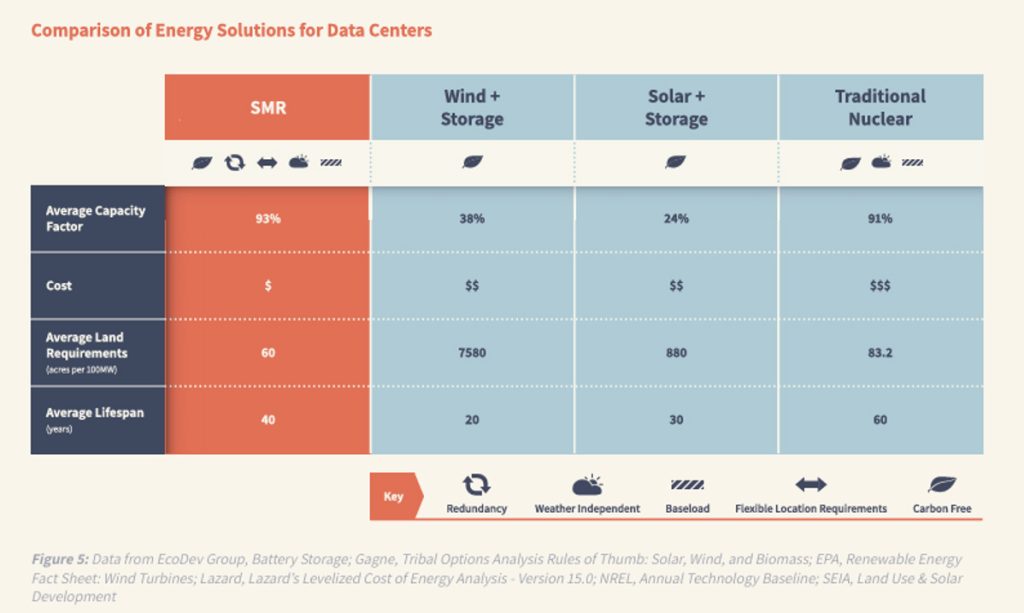Recent research from Last Energy underscores the challenges confronting data centres as they strive for growth and explores how nuclear energy could offer a viable solution to address these issues.
Behind the ever-expanding suite of software and services that is known as the Internet sits a largely unnoticed, but massive and critical, network of buildings spread across the globe, each housing unimaginable quantities of digital information. These data centres hum in the background, consuming millions of MW-hours of electricity.
Along with the millions of MW of energy are the millions of tons of carbon emitted to create that power. These sector emissions will continue to grow as the demand for data outpaces energy efficiency advancements.
The robust growth of the data centre market will service data for further digitisation, cloud computing, or new Artificial Intelligence (AI) services. The world’s governments, citizens and businesses count on data centres to remain online to support systems ranging from critical, such as air traffic control and hospital records, to everyday information, including emails and online white papers.
Data centres face two significant challenges on their path to substantial growth: power and carbon.
- A power challenge: When a grid connection is not available, unable to meet their demand, or will not be available within the required timeline, data centres face the challenge of supplying power. Confronted by these limitations, they must supply their own power or wait years for a grid connection.
- A carbon challenge: Data centres need to decarbonise due to both the global imperative of climate change and the business imperative of customers – many of which have committed themselves to using only low-carbon data centres. Choosing a power supply that is both clean and resilient has grown in importance over the last few years.
Data centres need solutions capable of addressing these challenges as the sector rapidly expands. Developers need to secure sustainable supplies of energy that can scale along with their business, and energy assets must be quick to construct and connect while being carbon free and resilient.

Renewable energy sources fall short
While wind and solar power seem accessible and plentiful, producing an adequate energy supply requires developers to build substantial excess capacity (four-10x peak demand) and long-duration storage to counteract the intermittent low-generation capacity factors of renewables.
While battery storage can smooth the generation profiles of intermittent sources cost-effectively for two to six hours, there is not a viable long-term storage solution currently on the market. Even if this solution existed, the land requirement for solar or wind development is 20-50x larger than similar nuclear power and does not allow for direct connections to data centres. Further, storage, transmission and excess capacity dramatically increase the delivered cost of electricity for the customer.
Biomass offers a more appropriate generation profile; however, it requires operating a combustion plant along with a logistics site that can regularly receive and store massive amounts of organic material, presenting operational and air quality concerns. Beyond these local concerns, the climate impact of biomass is already in doubt, considering that it accelerates the emission of CO2 and other air pollutants that the industry is working so hard to prevent.
European demand for biomass is depleting forests in the South-Eastern US, and the scientific community increasingly doubts that biomass combustion is carbon neutral. While its legal designation as a clean fuel in the EU remains for now, its future is far from certain.
Geothermal energy faces limitations due to cost and location. The global areas suitable for geothermal without the need for enhanced geothermal systems (EGS) are relatively small. These constraints restrict the scalability of geothermal technology as a global energy solution for data centres.
Click below to share this article


